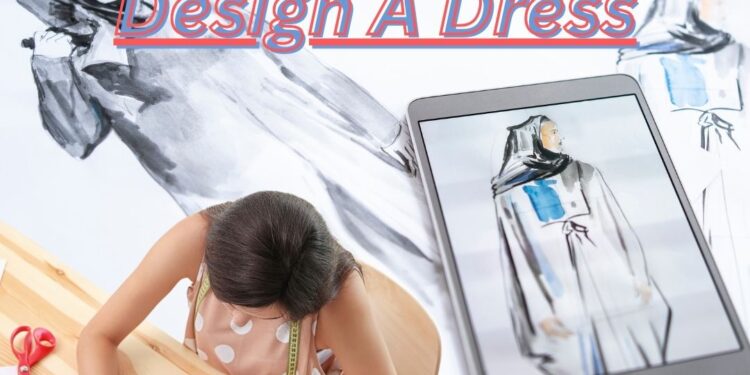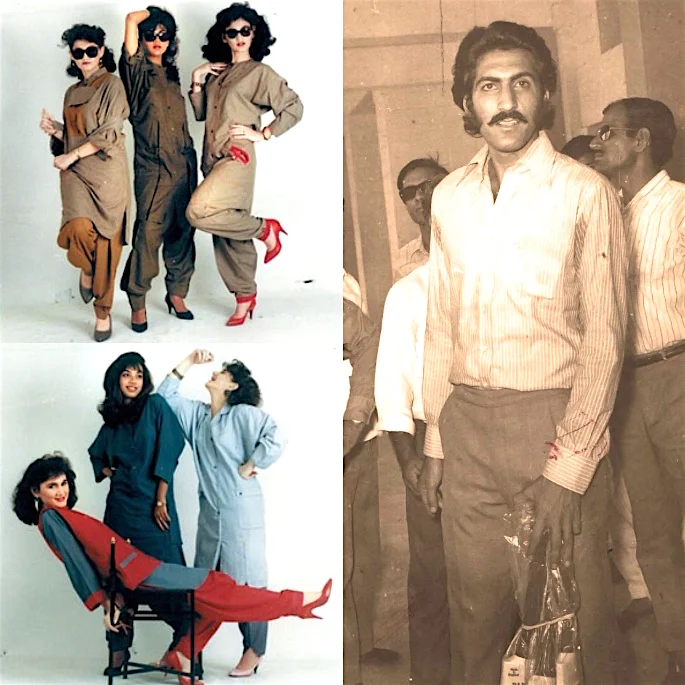Table of Contents
How do you design a dress from the bottom up? It’s far more doable than you would expect, just a handful of steps, a bit of fabric, and your particular spark. So chop-chop, let’s DIY our way through this modern fashion miracle, a dress that’s as bold, beautiful, and unique as you are!
Have you ever gotten stuck on a Pinterest board, enchanted by a dress that was so perfectly to your liking that you wished you could make it? We’ll give you a little hint: you don’t have to wish anymore! Making a dress at home is your passport to saying goodbye to sky-high price tags and creating a work of art that’s 100 percent you, no fashion school required.
How to Become a Fashion Designer: Complete Beginners Tips Which Will Help You To Grow in Steps?
Why Designing Your Own Dress Rocks?
Before we dive into how do you design a dress, let’s unpack why it’s so game-changing. Making your dress gives you control; you call the shots on style, fit, and details that ready-to-wear options might not get right.
That offbeat hemline, pop of color or jewel-box neckline you’ve been drooling over? It’s yours to bring to life. It’s also a win for the budget , custom doesn’t have to be expensive when you’re the designer. Apart from savings, the skills you’ll acquire will be pure gold, earning you bragging rights at any gathering.
Whether you live in a bustling metropolis or a sleepy suburb, this project does well anywhere there’s a sewing kit, an idea and a bit of elbow grease. And, it’s a creative outlet: why accept something mass-produced when you can create something made just for you?
Top 5 Game Changing Haute Couture Designers of the 21st Century
Step 1: Dream Big with Your Dress Vision

Your dress is born from an ember of inspiration , so let’s get that started! How do you design a dress that feels custom? You first picture where you will wear it: a cozy brunch with friends in the sunshine, a romantic evening in the stars, a weekend at home and feeling relaxed. Get a notebook or even just a napkin and draw the idea ,don’t worry about the details, rough lines or stick figures are perfectly acceptable (no art degree required!). Focus on these key elements:
Neckline:
V-neck for drama, scoop for soft curve, high-neck for timeless elegance?
Skirt:
What about a bright midi that is ideal for parties, an airy maxi to keep cool in the summer, or a tight pencil for a sophisticated look?
Vibe:
Design with lace accents, modern with clean lines, retro with bold prints and flared sleeves?
Scan magazines, scroll Instagram or glance at your closet for ideas , but change them to make them you. Make a note of colors or moods (bright and cheerful? Subtle and chic?) to guide your choices. This vision is not simply a catalyst , it is the spirit of your dress, setting the precedent for every step moving forward.
Step 2: Pick Fabric That Feels Right

Fabric is more than just material , it is the lifeblood of your creation. Cotton’s a dream for relaxed, breathable silhouettes , ideal for summer picnics, coffee runs or hanging out at home. Craving elegance? Silk, chiffon or polyester blends provide that red-carpet shimmer for special occasions.
Take a trip to the local fabric store and roam around , most towns have inexpensive shops where you can touch the bolts, feel the different textures and picture your dress coming to life. Not sure where to begin? For novices wondering how do you design a dress, cotton or a cotton-poly blend is your safest bet ,easy to cut and sew, forgiving if your stitches wobble a bit.
How much fabric do you need? For a knee-length dress, 2-3 yards usually gets you covered, but adjust that to 3-4 yards for longer styles (maxis, anyone?) or fuller skirts (gathered/flared). Hold the fabric to observe its drape; it should have a soft flow or a clear outline that resembles your original sketch. This prep step is important: Pre-wash the fabric in cold water and dry it to prevent shrinking after you sew it. You want your dress to look just as fantastic on day 100 as it did on day one!
Top 10 Kurta Designs for Women: Latest Fashion Styles
Step 3: Nail Your Measurements
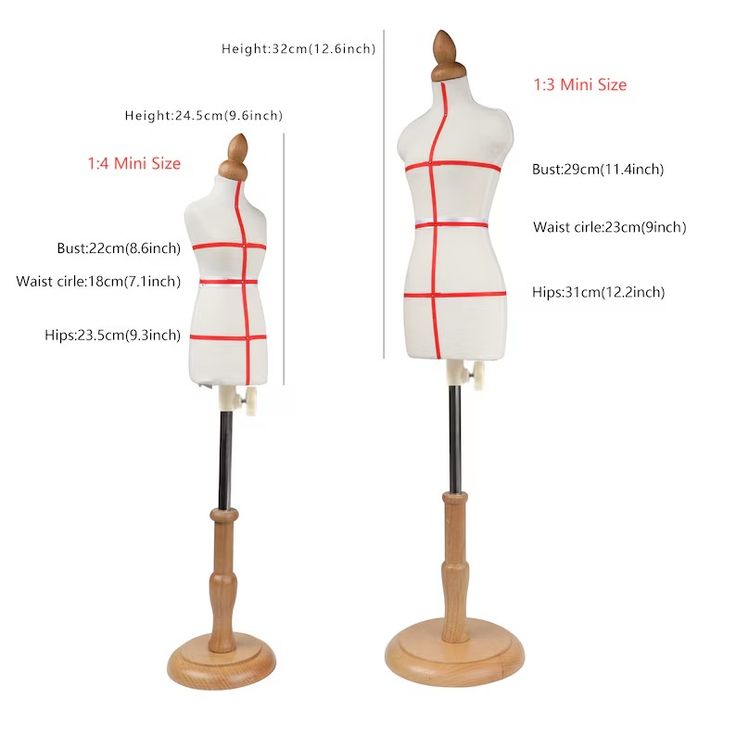
Time to measure , as the perfect-fitting dress starts with a smart measurement! What’s the secret to a dress that flatters every curve? Grab a flexible measuring tape and, if possible, a friend to assist you , though solo works as well, just use a mirror. Here’s what to measure:
Bust:
Remember to breathe normally as you wrap the tape over the widest area without pulling it too tight.
Waist:
Locate your natural waistline (typically the smallest point above your hips) and measure at that spot.
Hips:
Measure around the widest part of your hips or bottom, stand with feet together.
Length:
From shoulder to hem for full dresses, or waist to hem for skirts , choose your desired drop.
“Make an outline of all the dimensions and add one or two inches for comfort; this will allow you to sit, spin, and move along without getting restricted.
Check and reread everything; these measurements are the DNA of your dress. Between sizes? Go big, you can trim or tweak later, but you can’t add fabric. Pro tip: for the truest fit, wear the undergarments you’ll pair with the dress while you measure.
Step 4: Craft a Pattern That Works
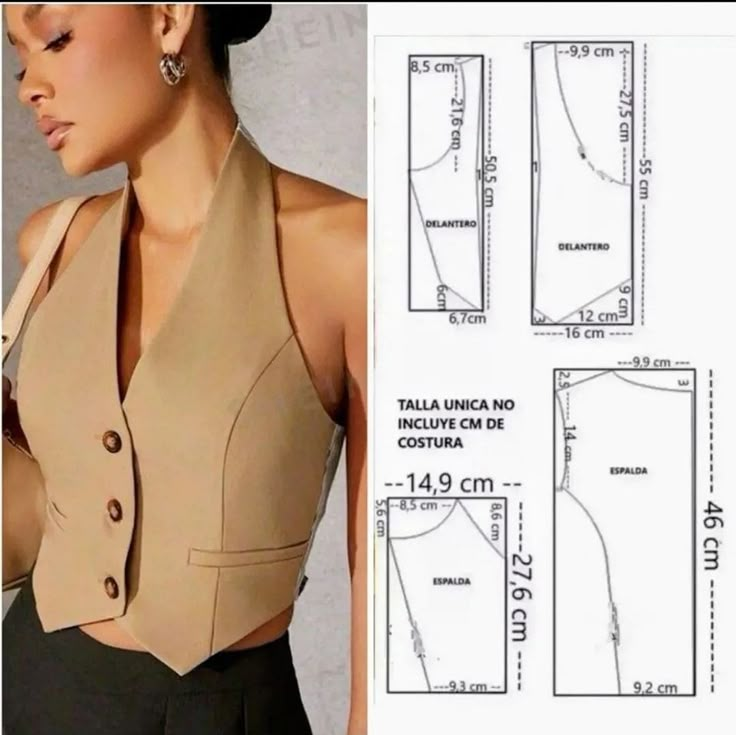
Patterns may seem to land in designer territory, but they’re basically a roadmap for your dress , no advanced degree required. So how do you design a dress in your living room without losing your mind? Here are some easy options:
Trace an Existing Dress: Choose a dress you adore that’s similar to what you want. Lay it down on a piece of paper , butcher paper, wrapping paper or taped-on newspapers will do, and trace the outline with pencil. And add another ½ inch all the way around for seam allowances (that’s where you’ll sew).
Use a Ready-Made Pattern Websites like Simplicity, McCall’s or Etsy offer free or cheap patterns marked “easy sew” for beginners, download, print and tape them together.
The basics: a bodice (front and back), a skirt (front and back) Want sleeves? Add those pieces too. Resize the pieces to your measurements, lengthen the hem, increase the waist as needed, and label each piece (“bodice front,” “skirt back,” etc.) For straight lines use a ruler, and for necklines use a curved object (like a plate). This step is the foundation, get this right and the rest will roll right off the tongue.
Stitched Or Unstitched Dresses: How To Select?
Step 5: Cut with Precision
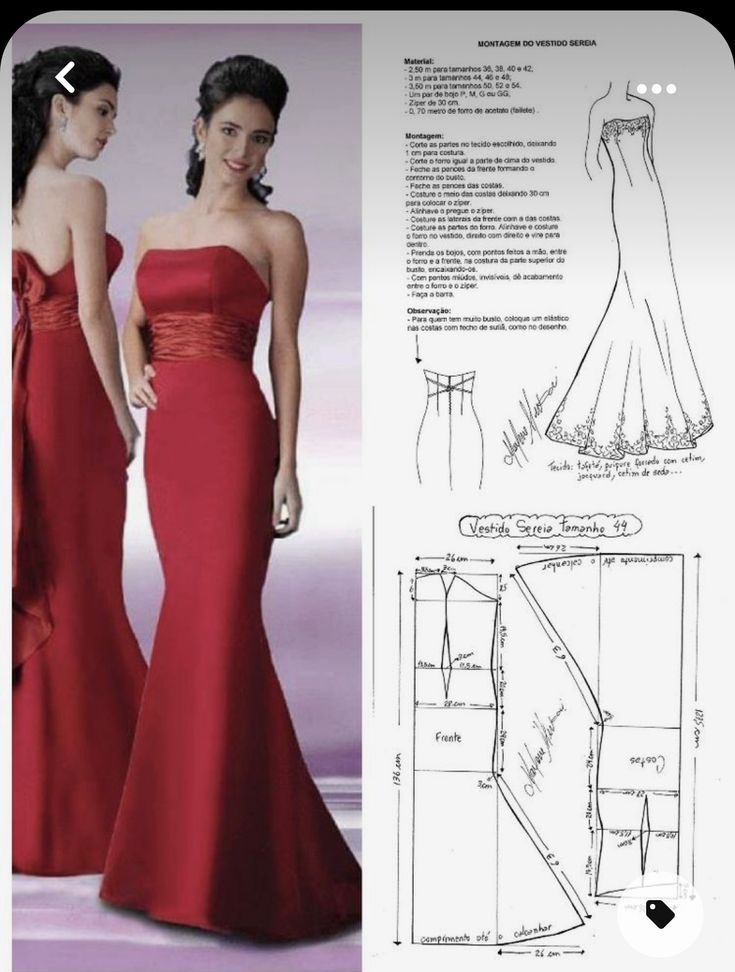
Now it is time to transform your fabric into something magical. Place it flat on a large table; if your pattern calls for mirrored pieces (most do), fold it in half. Secure your pattern pieces with straight pins, easing out every wrinkle.
How do you design a dress that appears pro-level? Use sharp fabric scissors , dull ones fray edges and ruin your work. Transition: Cut slowly along the pattern lines, with your hands steady and your focus sharp.
If a pattern is marked with notches or darts (those little triangles or lines), mark them with tailor’s chalk ,they’ll tell you where to sew later. Unpin your pieces and stack them neatly , bodice here, skirt there , to stay organized. If you’re feeling anxious, test it out on scrap fabric first. Every snip draws you closer to your vision so enjoy this moment you’re halfway!
Step 6: Sew It Together
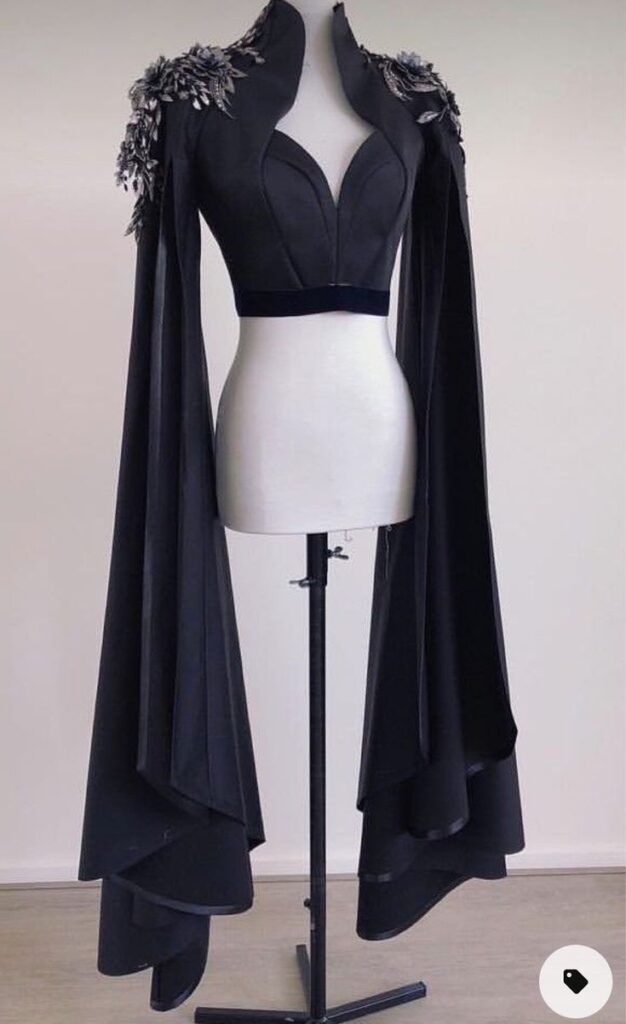
This is where your dress begins to look like a dress, well, a dress! Plug in your sewing machine, or thread a needle if you’re channeling your inner seamstress. How do you design a dress sturdy enough to wear with pride? Begin with the bodice:
- Joining the Front and the Back a) Sew shoulder seams (straight stitch, 2.5mm length).
- Keep the armholes open and use pins to fit it before attaching the side seams..
Next, the skirt: sew the front and back at the side seams, then attach it to the bodice, carefully aligning the waistlines , pin in place before sewing. Straight stitches are used for strength and zigzag raw edges to stop fraying over the years. Sewing around curves (like armholes or necklines) can be trickier, so go slow and don’t fret if it’s not perfect, that’s what seam rippers are for. Make sure your tension settings on the machine aren’t too loose or too tight, which can cause your fabric to pucker.
Costs And Benefits Of Online Shopping for Women
Step 7: Add Your Signature Style
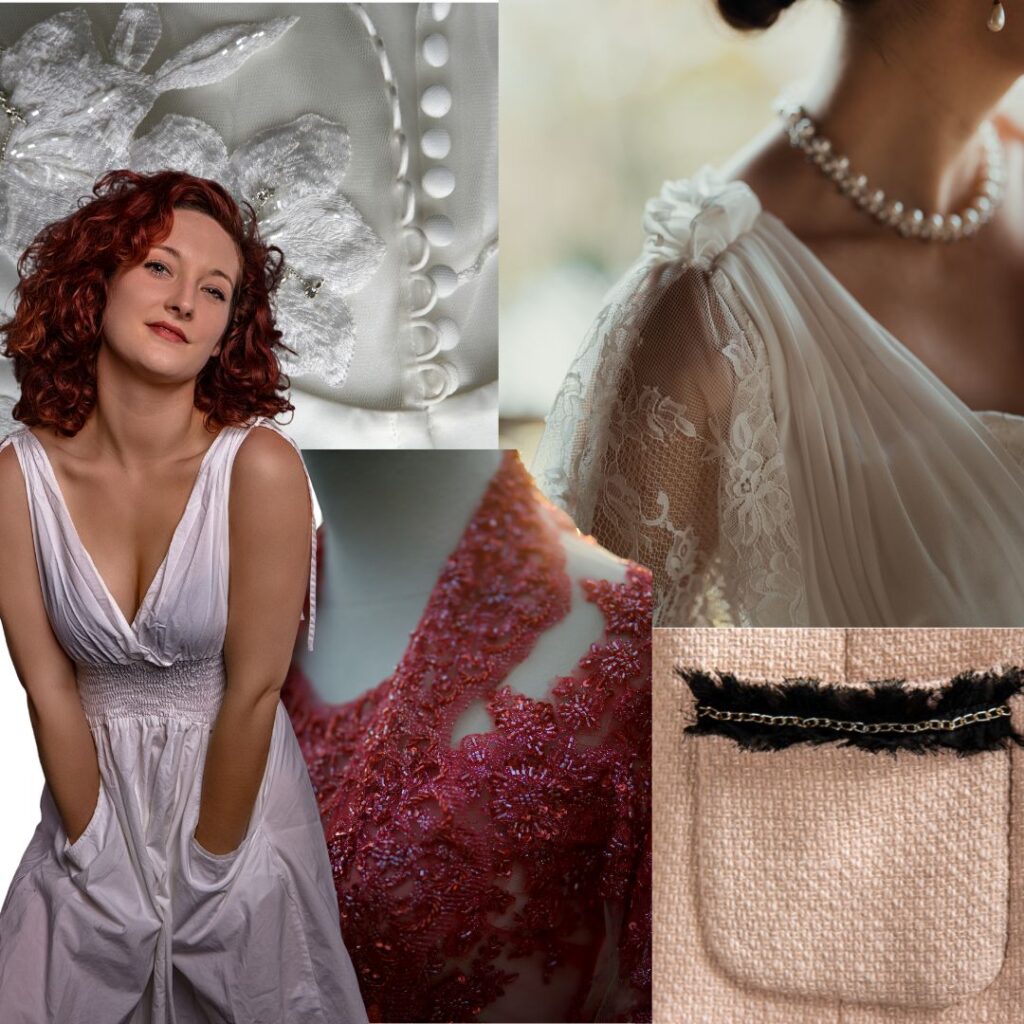
This is your opportunity to make it defiantly you. How do you make a dress that draws second glances? Include details that make you come alive:
Pockets:
Sew patch pockets (squares of fabric sewn on top of garments) or inseam or hidden pockets (within the side seams) for function and flair.
Trims:
Lace stitched onto the neckline, a ribbon at the waist or ruffles at the hem for texture.
Additions:
You can sew flowers, button the front, or add a strong contrasting hem.
Fancy a belt? Sew a long strip of fabric, fold that, sew it closed, and turn it inside out for a cinched waist. Your local craft store is your friend for cheap trims, and lace scraps or packs of beads can take a basic design to the next level. These touches aren’t mere decoration, they’re your signature on wearable art.
Step 8: Perfect the Fit
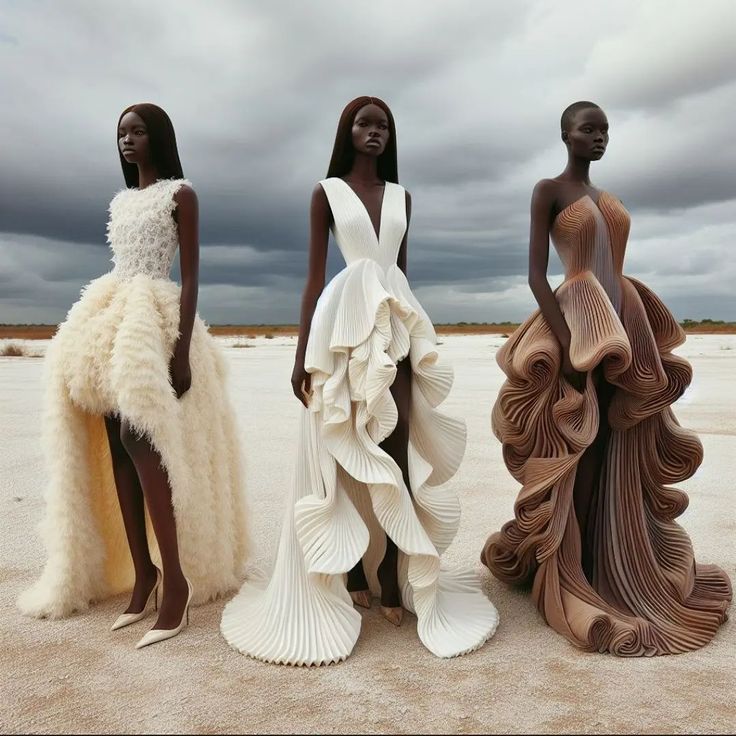
Try on your almost-finished dress, how does it feel? How do you design a dress that feels tailor-made to your body? Adjust it:
Too Tight? Sew a narrower margin, let out seams; give yourself room to breathe.
Too Loose? Take in seams, or add darts (small tucks) for shape, pin first to test.
Length Off? Try it on, chalk and cut the hem as needed.
For the hem, fold the edge under twice (about ¼ inch each), press with an iron, sew it down with a straight or blind stitch (you can use the machine or do it by hand). Put it on again, spin around in front of a mirror, adjust until it feels right. This step’s your shine, don’t omit it!
Stylish And Casual Job Interview Attire For Female
Your DIY Dressmaking Toolkit
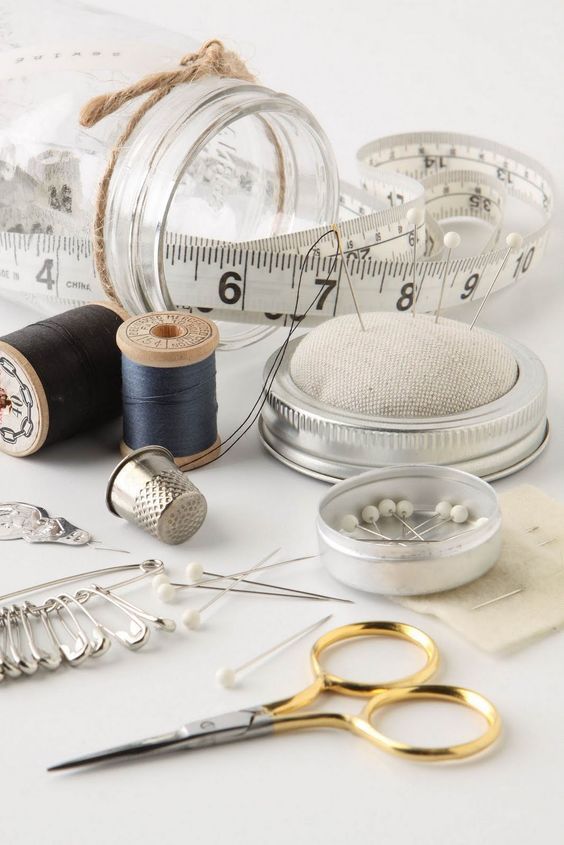
No designer studio required, just these essentials:
Sewing Machine:
Accelerates the process, but needle and thread are sufficient for purists.
Fabric Scissors:
Sharp only, dull blades slaughter your fabric.
Measuring Tape:
This one is soft and flexible so you get accurate sizing.
Pins And Chalk:
Pins hold, chalk marks, the prerequisites.
Pattern Paper:
Kraft paper, newspaper or even parchment, whatever’s on hand.
Local craft or sewing supply stores carry these brick-and-mortar at wallet-friendly prices, check local or search online at places like Amazon or Joann. How do you design a dress without going broke? So start with what you’ve got (borrow a machine if you have to) and build your kit gradually.
Beginner Mistakes to Dodge
First dress jitters? Avoid these rookie traps:
- Forget Pre-Wash: If you haven’t pre-washed a fabric it will shrink after you sew it, you must wash it cold and dry it first!
- Hasty Snips: Rushing cuts to make more snips = wonky edges ,take your time for straight lines.
- Disregarding Grainlines: Make sure your prints line up parallel to the weave because it affects how the fabric falls.
- Over-complicating: Zippers, linings or pleats can come later , get the basics down first.
If you run into a roadblock, stop and debug , every mistake is a lesson.
Top 10 Bollywood Airport Looks Trending Today
Pro Tips for Your First Dress
These hacks will make your debut dress a breeze:
- Opt for an Easy Style: A-line (narrow bodice, flared skirt) or shift (straight, loose) dresses and skip tricky closures, like zippers.
- Test on Scraps: Sew a practice seam on leftover fabric to dial in your machine’s tension and stitch length.
- Lean on the Tutorials: Search how do you design a dress on YouTube, TikTok or sewing blogs, videos and other visuals explain confusing parts like darts or hems.
- Be Patient: Wobbly stitches are a fact of sewing, unpick it, do it again and then continue. Perfection is added with each seam.
Keep a snack break at the ready: patience is easier with chocolate or tea!
Why DIY Trumps Store-Bought
Store dresses are convenient but DIY is soulful. Your creation hugs your body, not a mannequin’s or random form. It’s limited and unique no twins at the party. And that “I made this” glow? Unmatched. How do you design a dress that is more than a dress? It’s something you’ve poured your heart into each stitch, every choice is you in a way that mass production never is. It’s more than an outfit; it’s a narrative you put on.
Your Turn to Shine
Making a dress isn’t simply a craft: it’s a celebration of your creativity, tenacity and style. How do you design a dress transitions from a question to a triumph “look what I created! with some work, and plenty of love. Go to the fabric store, design your look, and sew your way into a dress just for you. Your wardrobe is craving this glow up go get it and wear it proud!
FAQs: How Do You Design a Dress at Home?
- What’s the starting point for designing a dress?
Sketch self: think style, occasion, and details, like neckline or length.
2. What fabric should beginners use?
Cotton’s favorite is easy to sew and conceals small mistakes.
3. Can I make a dress without a sewing machine?
Absolutely, hand-sewing is time-consuming, but it does the trick.
4. How do you design a dress that fits perfectly?
Bust, waist, hips, length, with some ease for comfort
5. Where can I find dress patterns?
Trace a dress you have or download free patterns online search for “beginner” ones.

